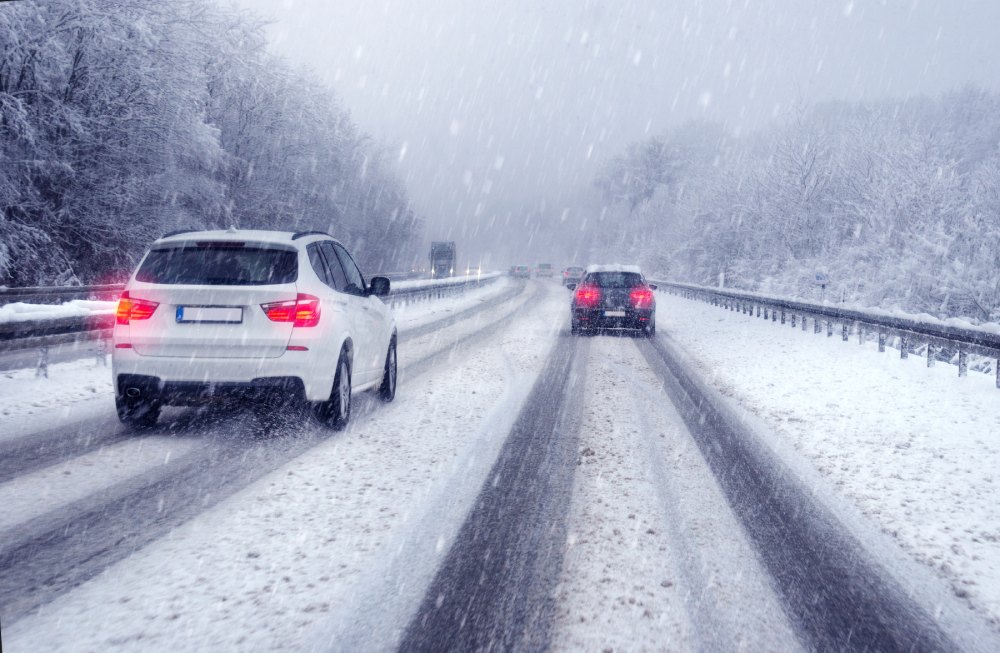
Tips for Safe Winter Driving
According to the USDOT Federal Highway Administration, icy roads account for over 116,000 injuries and 1,300 deaths annually. Every year, nearly 40% of weather-related accidents occur in snowy or icy conditions. Knowing the steps you need to take before and during winter driving can keep you and your family safe, regardless of the temperature outside.
Tips Before You Drive
- Pack a Bag
Being prepared is the first crucial step you need to be safe. Always have a Winter Car Emergency Kit just in case. It should include the following:- Warm Clothing/Blankets
- Flashlights
- Glass Scraper
- Jumper Cables
- Water and Nonperishable Snacks
- A Bag of Sand/Salt
- Extra Windshield Washer Fluid
- Safety Triangles
- First Aid Kit
- Inspect Your Vehicles
Whether it’s a commercial motor vehicle or your personal car, check your fluid levels, battery life, tire tread and the condition of your wipers. - Know the Forecast
Be mindful of the forecasts in the areas you will be traveling through. This will help prevent any surprises on your journey. Also, note that colder temperatures don’t always mean worse conditions. Roads are most slippery between 22 and 35 degrees Fahrenheit.
Tips While You Drive
- Mind Your Speed
Be wary of road conditions. When the roadways get slick, slow down and increase your following distance. Keeping space between your car and the vehicle in front of you can help keep you moving steadily and safely. Also, adjusting your speed according to roadway traction can prevent getting caught up in an accident. - Drive Smoothly
Traction is key. Avoid sudden acceleration or braking, tight turns or jerky motions. Slow accelerations and pumping of your brakes will help you maintain control of your vehicle. - Avoid Cruise Control
Cruise control can slow down your reaction time. Keep Cruise Control off during questionable road conditions. - Know the Terrain
This is especially important in hilly areas. When going up a hill, try to have some inertia to help carry you up. Accelerating may only cause your tires to spin. When traveling down a hill, pump your brakes lightly to maintain control. Also remember, bridges and overpasses usually freeze first! - Make Yourself Visible
If you need to get out of your vehicle for whatever reason, make yourself seen. Utilize safety triangles, turn on lights, or wear high-vis material to prevent being hit by another motorist.
Drive Smart, Drive Safe
This winter, get where you need to get, safely. Don’t forget these helpful driving tips before and during your voyage and, to help you remember, download our Safety Share: Winter Driving PDF.





